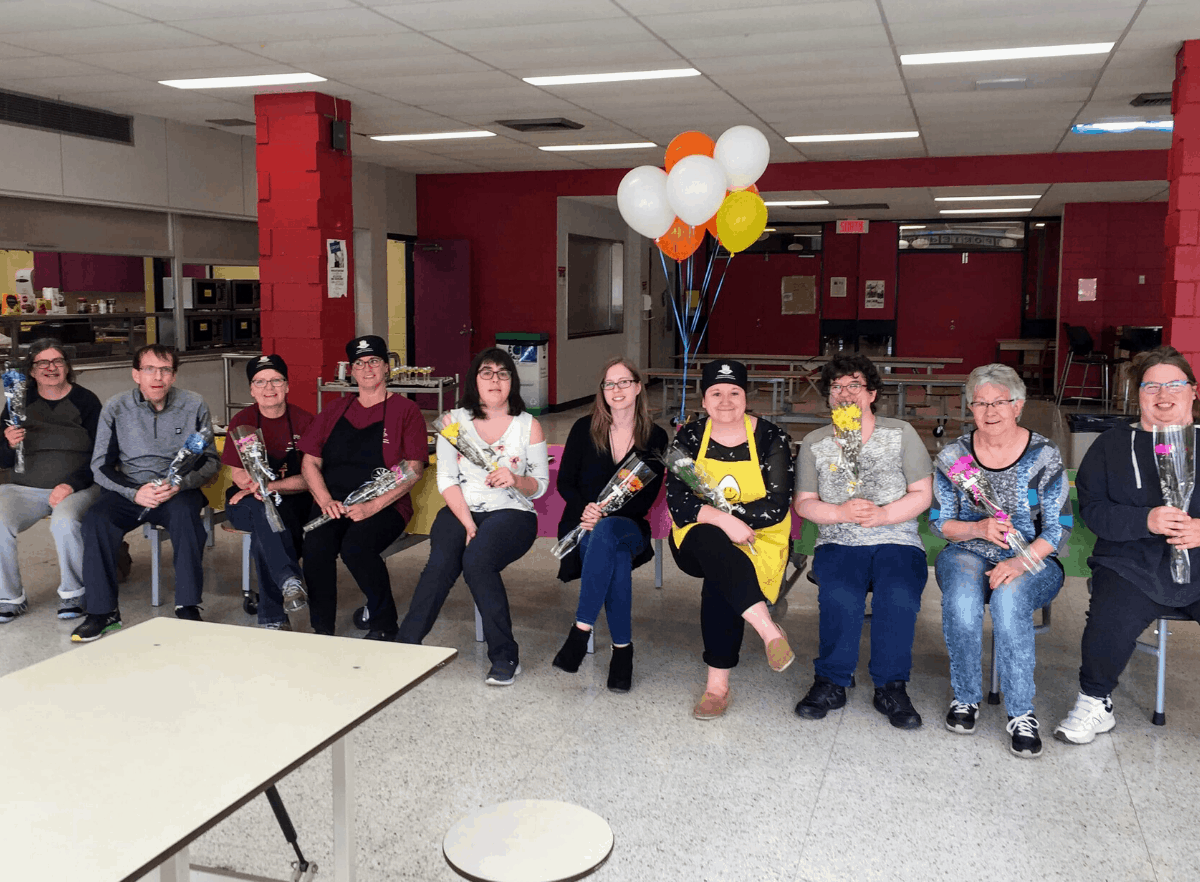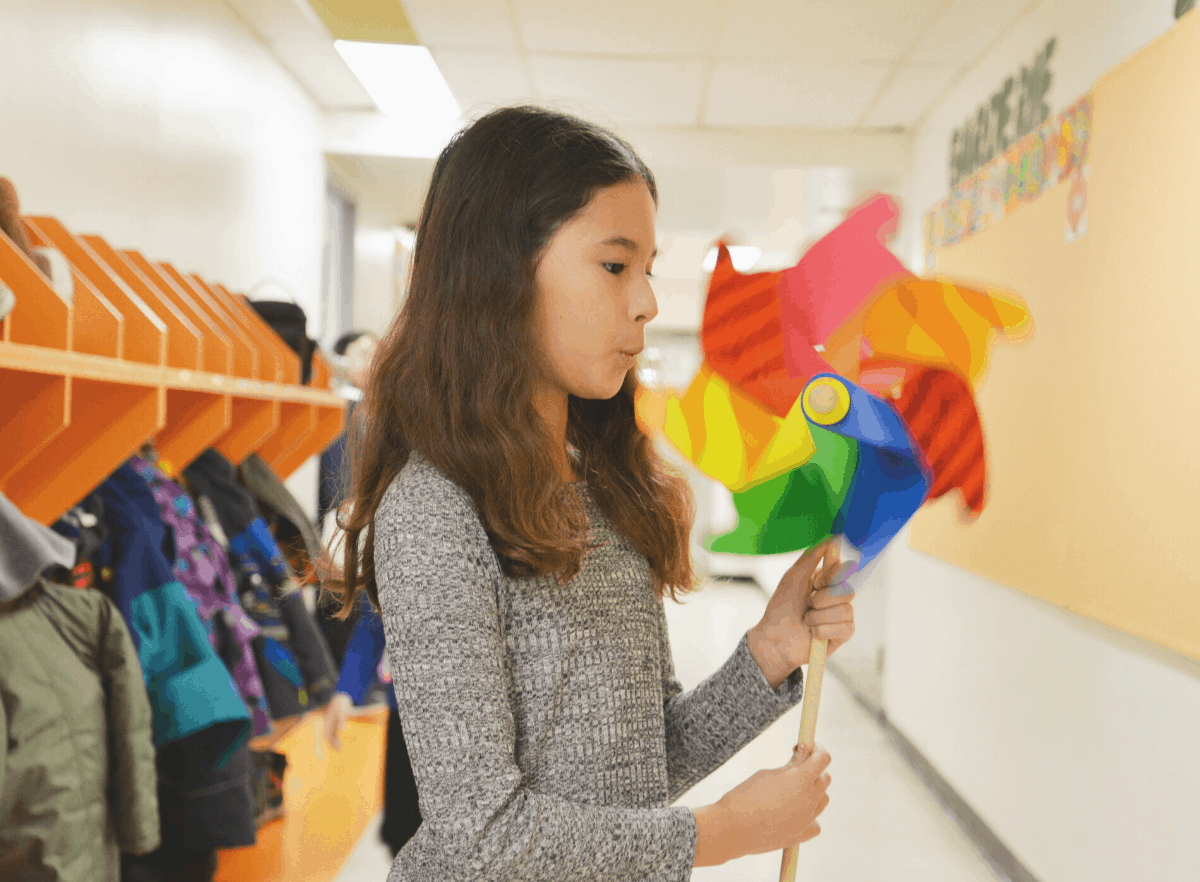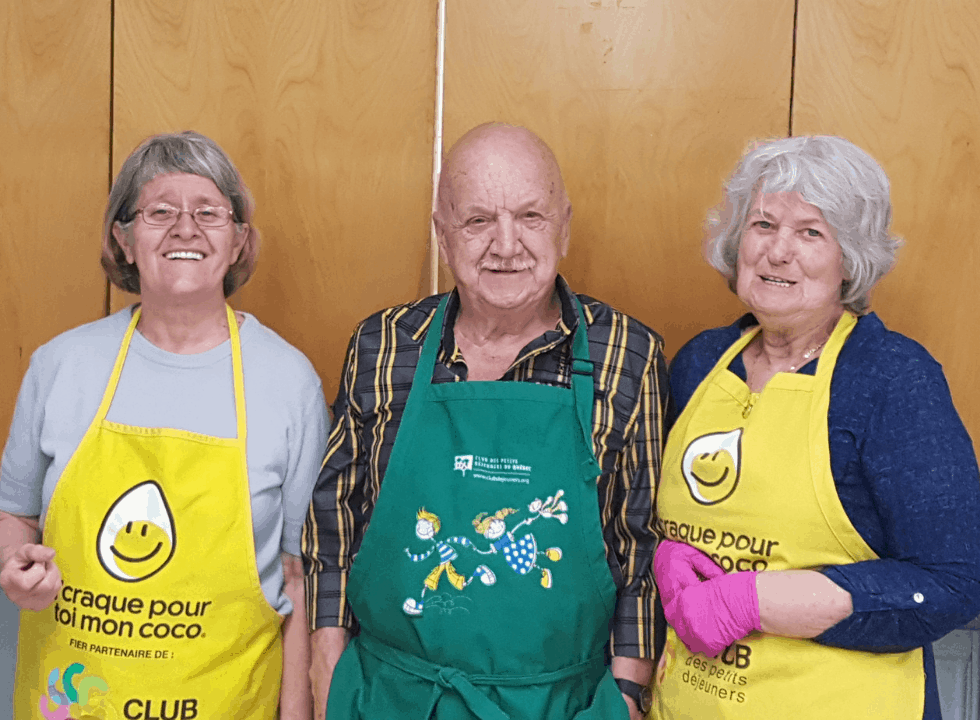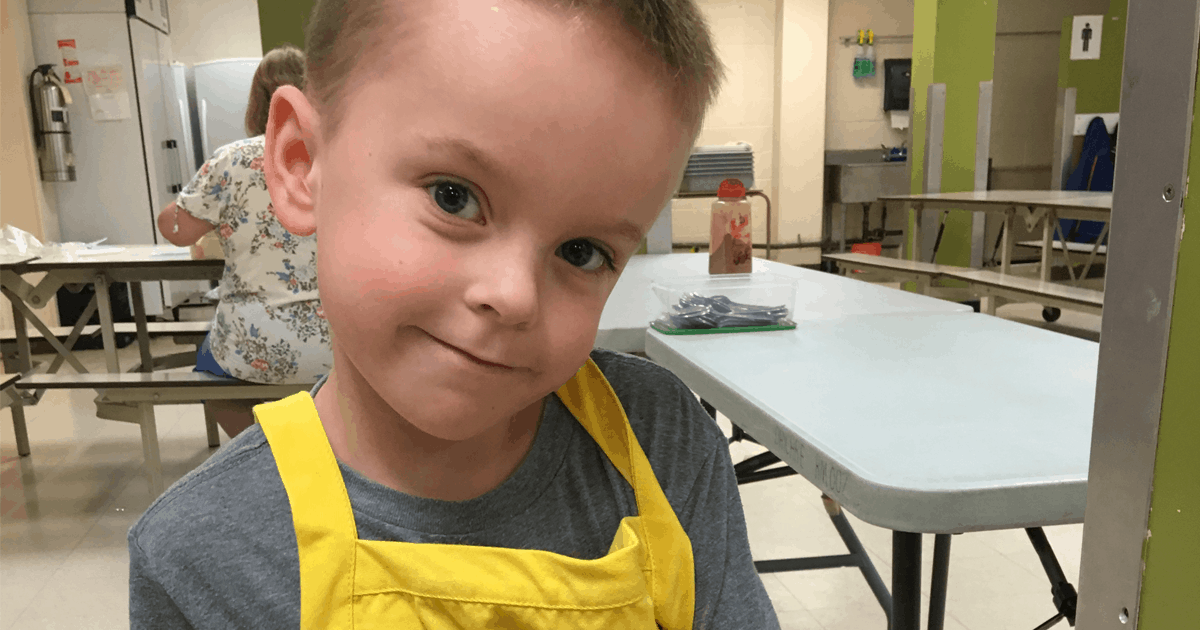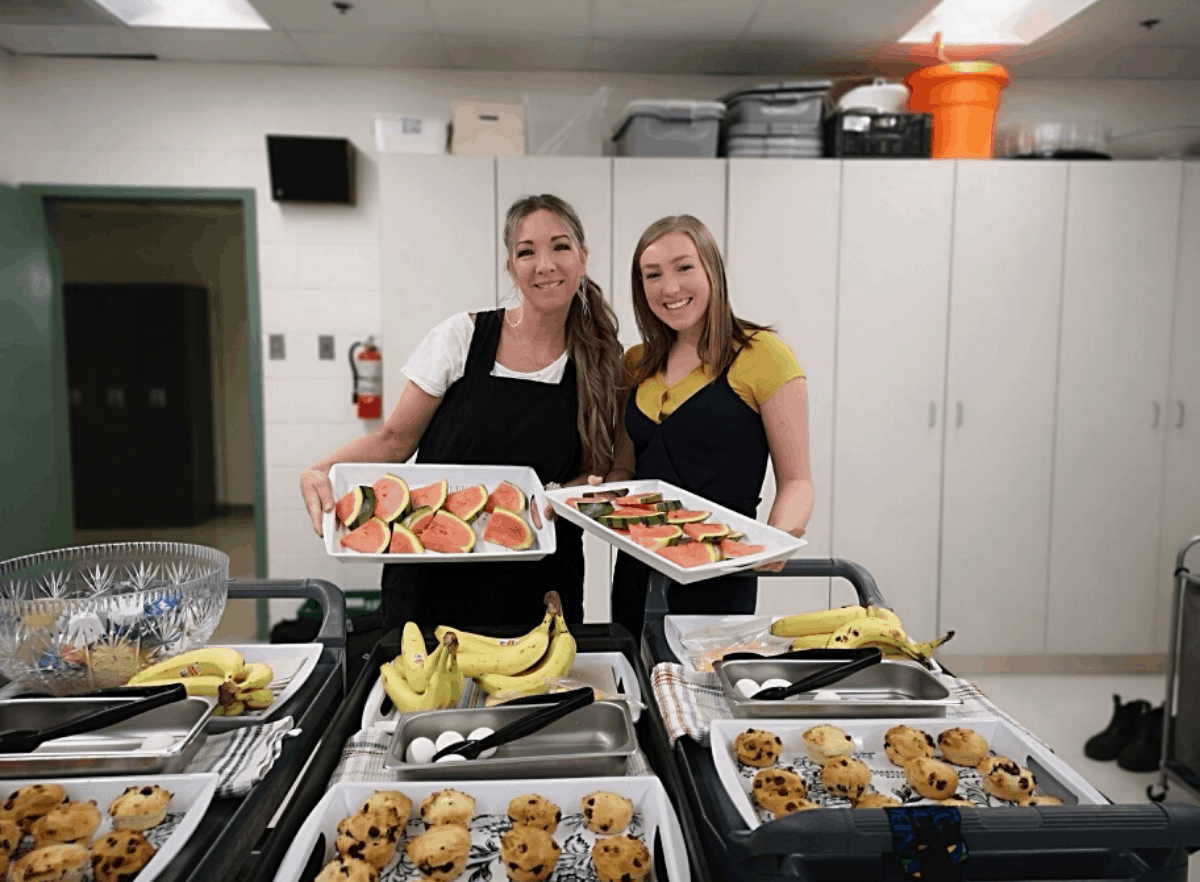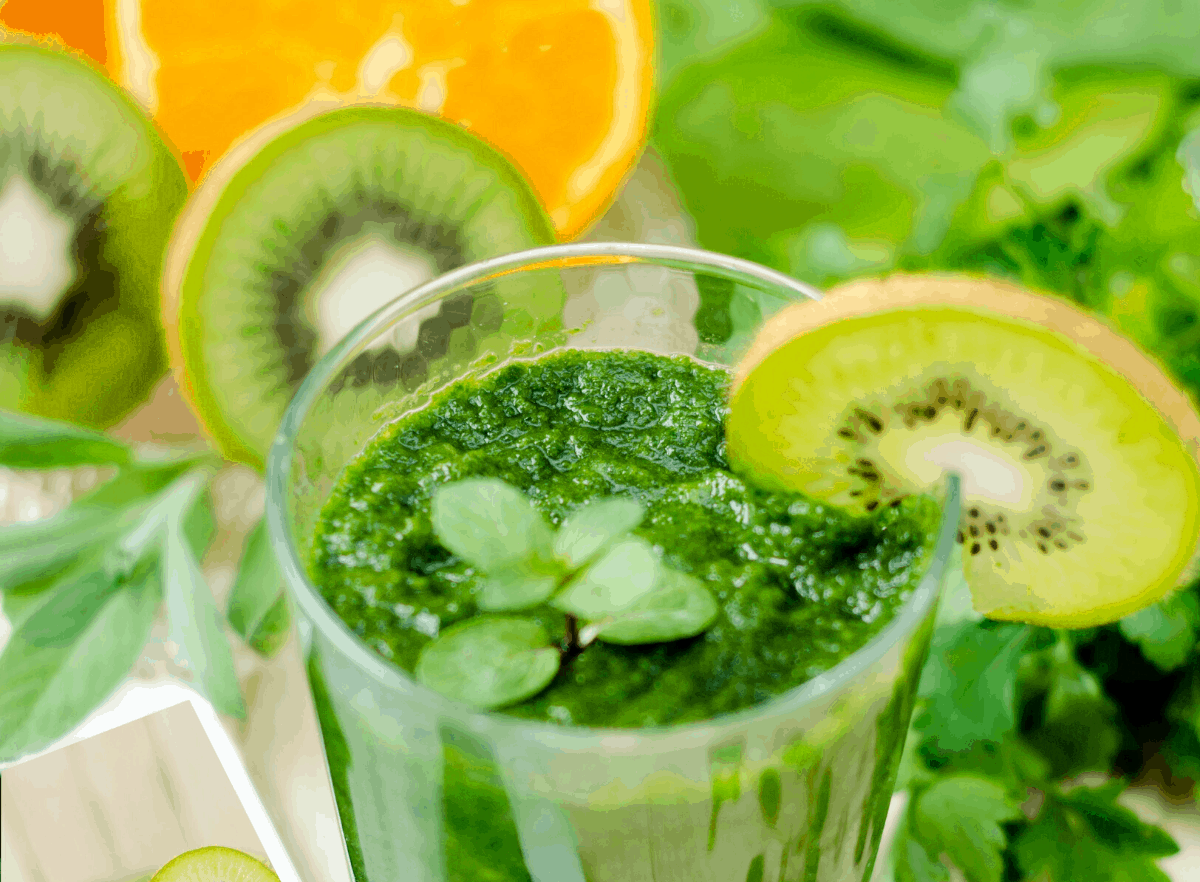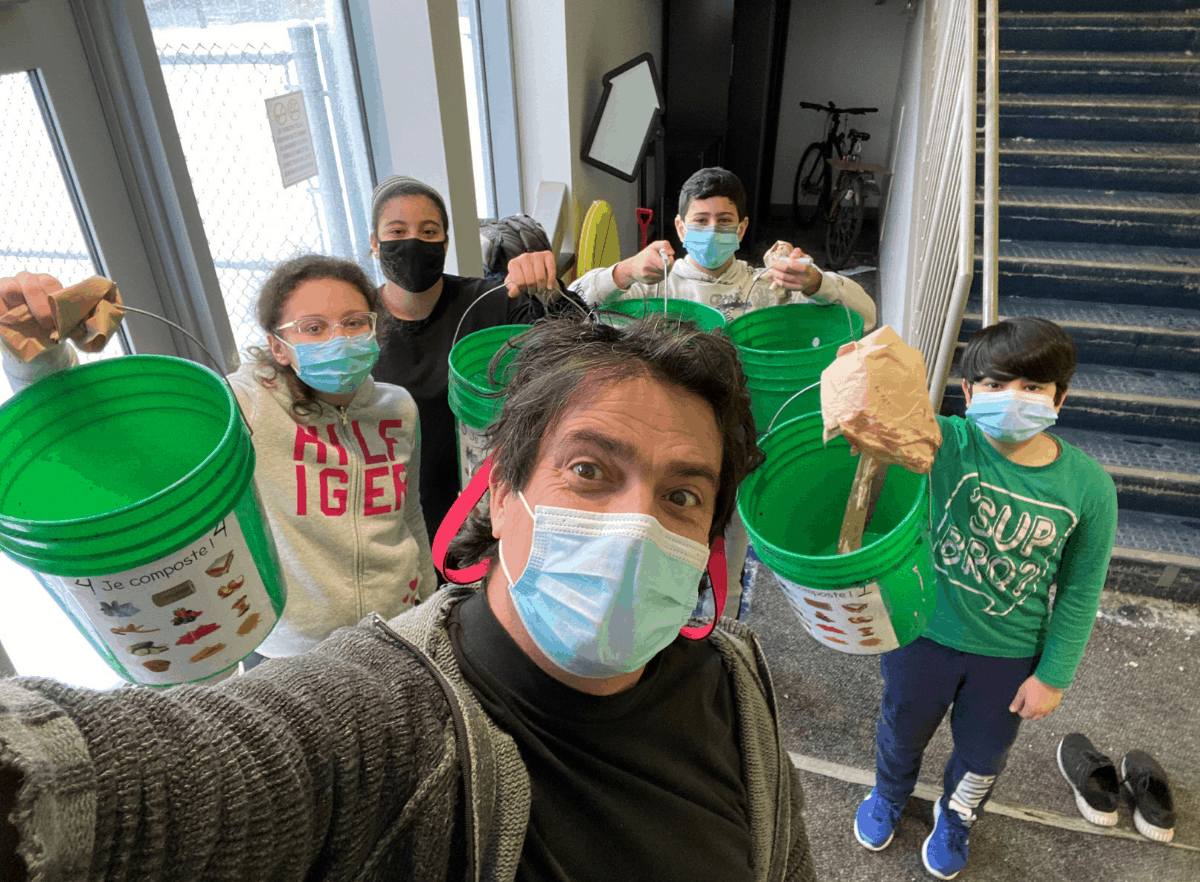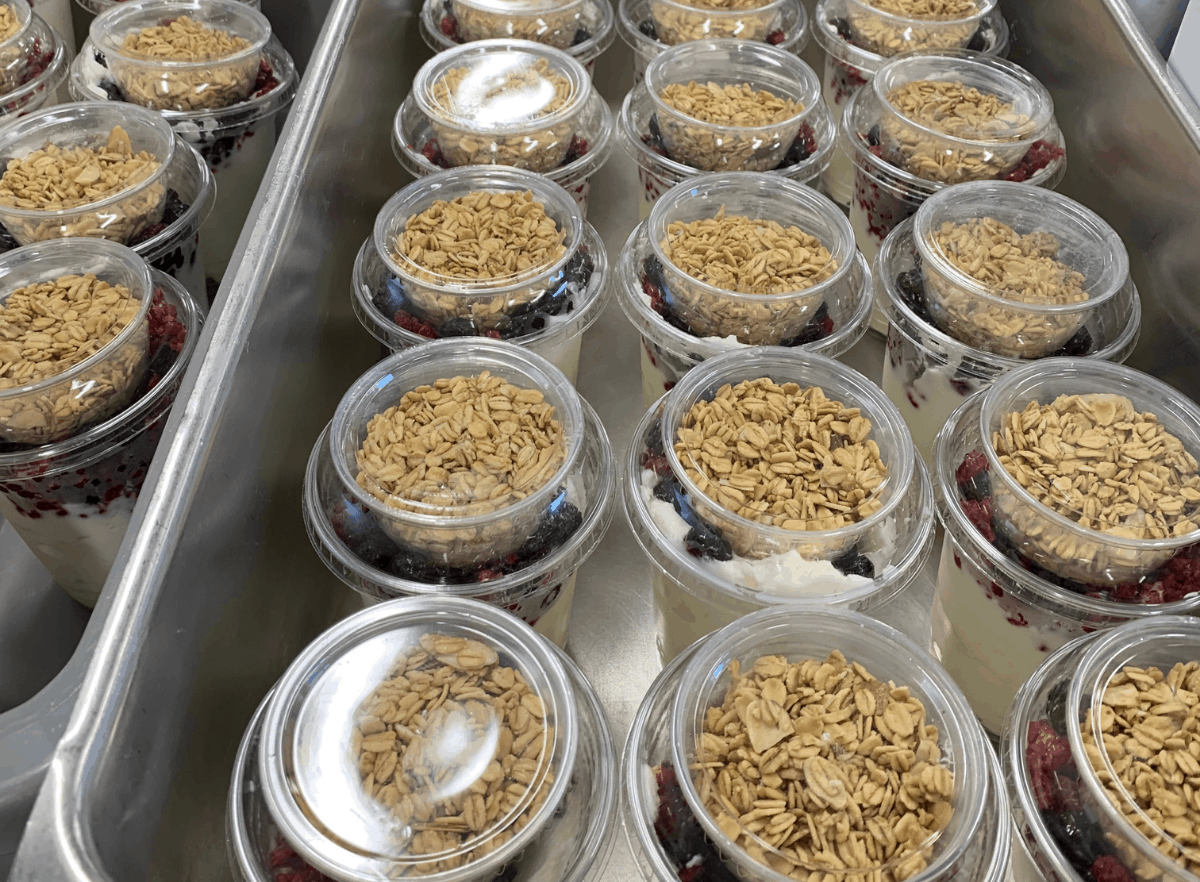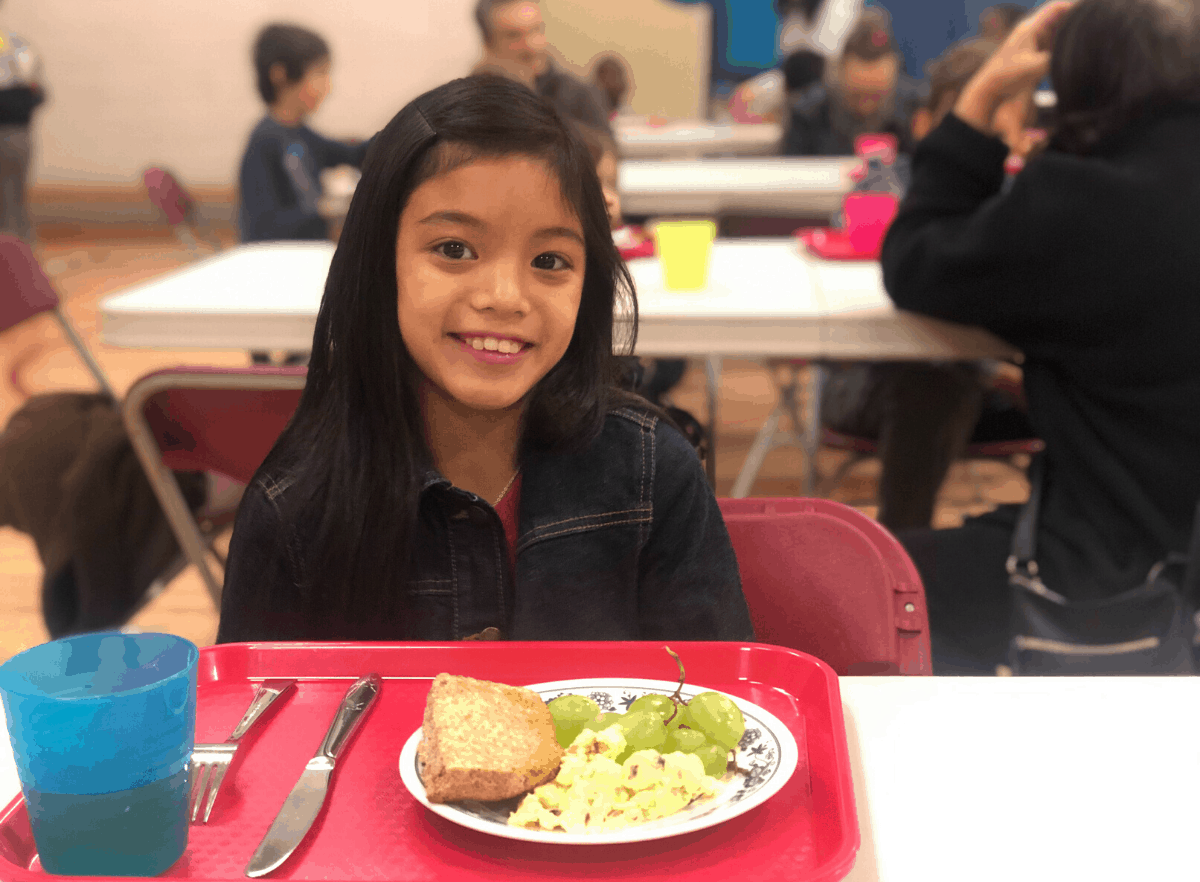
Virtual Gathering Place: Compilation of Ideas on Indigenous Foods and Practices
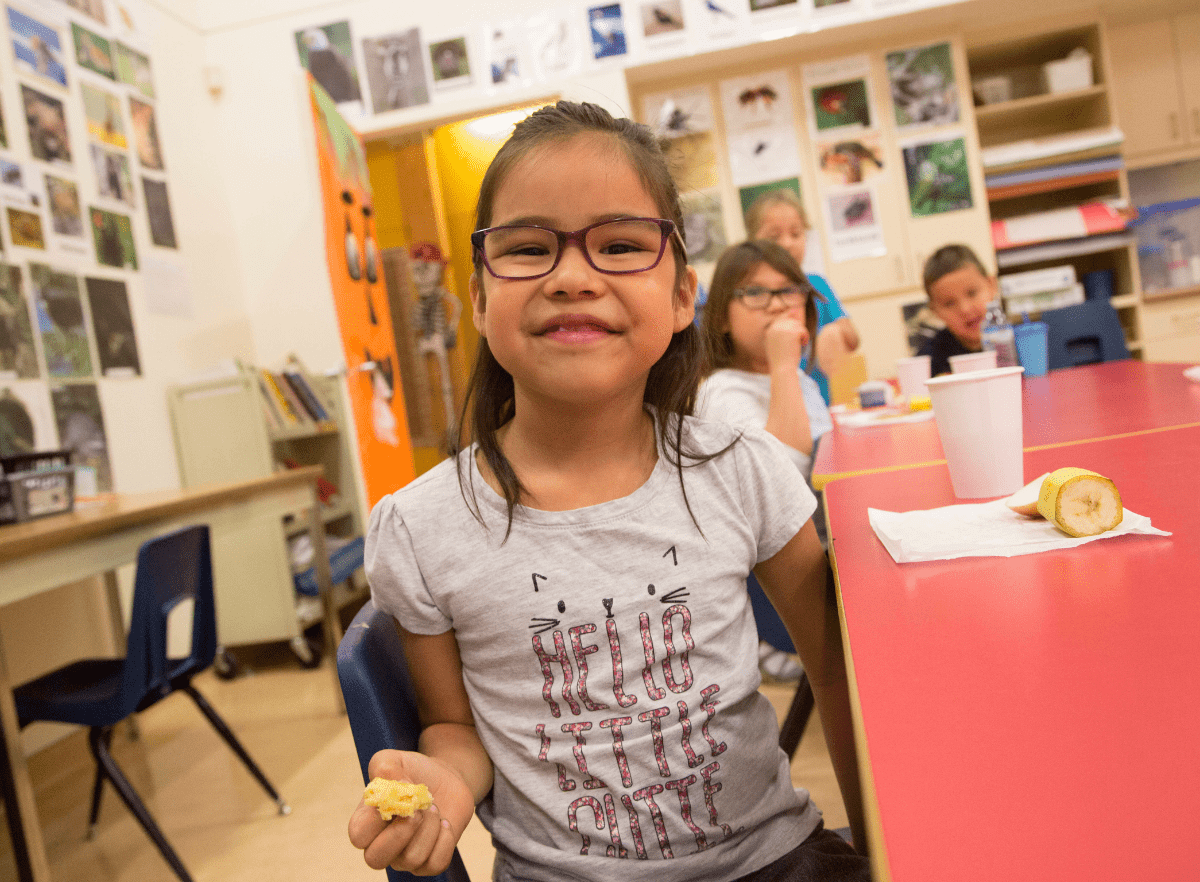
In early April, schools across Canada joined our Virtual Gathering Place, an online platform where they could share their successes and challenges in incorporating Indigenous foods and practices into breakfast and other meal programming. Participants also touched on ways to honour the values and communities of the tradutional territories within which their programs operate. Three main topics were covered: challenges and solution; cultural practices and interconnectedness of food, and recipe sharing.
Successes
There were many challenges shared, ranging from time and space within the school community to prepare meals, to food safety regulations and student preferences. However, along with these came many innovative solutions:
- Reducing preparation time:Schools had great ideas to share to help cut down on prep time in the mornings, like baking bannock in a large sheet pan and slicing it into pieces with a pizza cutter. Many foods can also be prepared ahead of time in large batches and stored in the freezer, then warmed up in the morning. Bannock, for example, can be prepared the day before. Slightly toasting or heating it up the next day can restore the soft, delicious texture we know and love.
- Sourcing Indigenous foods:Many schools have found great success in sourcing Indigenous foods through community connections. For example, family or community members who are hunters can provide access to a good supply of meat. Connecting with Elders to gather, harvest or hunt together is also a source of inspiration. Inviting community members or Elders into the school to help make bannock and teach students how to prepare it is another way to introduce traditional foods into your program. Some schools also put out a call to the local community for donations of any meats, foods or produce. Finally, community gardens are a great way to bring foods into your program while maintaining and leveraging local connections.
- Food safety regulations:It is important to consider and follow the food service regulations relevant to your school. Within these regulations, some schools have created a permission form for wild meat when students register, and others have found success purchasing through a local butcher, as the meat is packaged and date-stamped to meet certain requirements.
- Introducing students to new foods:Breakfast coordinators have had success introducing unfamiliar foods by including students in the harvesting or preparation process through community gardens or cooking classes. Inviting Elders or Knowledge Keepers to talk to students about what they ate growing up can also help bridge the gap.
Cultural Practices, Language and Interconnectedness of Foods and Culture
Using language, valuing togetherness and honouring the ceremony around eating can be great solutions for representing Indigenous ways of knowing and being in your breakfast program. Schools shared with us how they bring singing, language, art and communities together with school events, announcements and classes.
Many schools are limited in time or resources to incorporate Indigenous foods into their daily breakfast program. Hosting a community-wide meal is one idea for incorporating traditional foods and practices. Involving members of the community to help cook foods like bannock or salmon soup is a great way to get the positive energy going. Other school events, like Métis Week or Indigenous Celebration Day, can also be used to get students to try traditional foods and talk about their heritage and families. Some schools hold outdoor cookouts, where students can make bannock on a stick over an open fire, and teachers and community members can share their specialties, like fishing, and harvesting and preparing wild meat. Other ways that some schools have incorporated language and cultural practices into their breakfast programs include announcing the daily breakfast menu in Cree and gathering every morning with singing, drumming and round dancing during breakfast. Another school including learning Cree for students during beading classes.
Kicking off Your Breakfast Program and Recipe Sharing
Some easy recipe ideas to get you started: why not work wild berries into different breakfast dishes? Saskatoon berries, blueberries and other berries can be used in smoothies or parfaits, or served with bannock, pancakes or oatmeal. Fresh summer berries can be preserved by making compote or jam to enjoy all year round.
Bannock can also be served in many ways, including breakfast pizza, breakfast sandwiches, breakfast tacos, French toast or with chili and stew. Try using a blend of whole wheat and white flour, or adding oats or ground oat flour to your bannock, to increase its nutritional value.
Some other ideas:
- Reach out to Nations in your area for recipes
- Ask students and their families to share recipes
- Google or search the local library for a cookbook with local traditional recipes
- Start a “Bannock of the Month” activity and have students bring in their own family recipes
- Hold an outdoor cookout and invite local community members
- View the list of resources from trusted stakeholders that we have compiled here.
The Virtual Gathering Place was a part of our dedication to supporting each program’s unique reality, in this case, the focus on an Indigenous worldview. It was also a way to participate in reconciliation. We hope to continue developing our support for traditional and Indigenous foods and to provide more resources for our schools. We are grateful to have learned from the over 160 schools in attendance.


